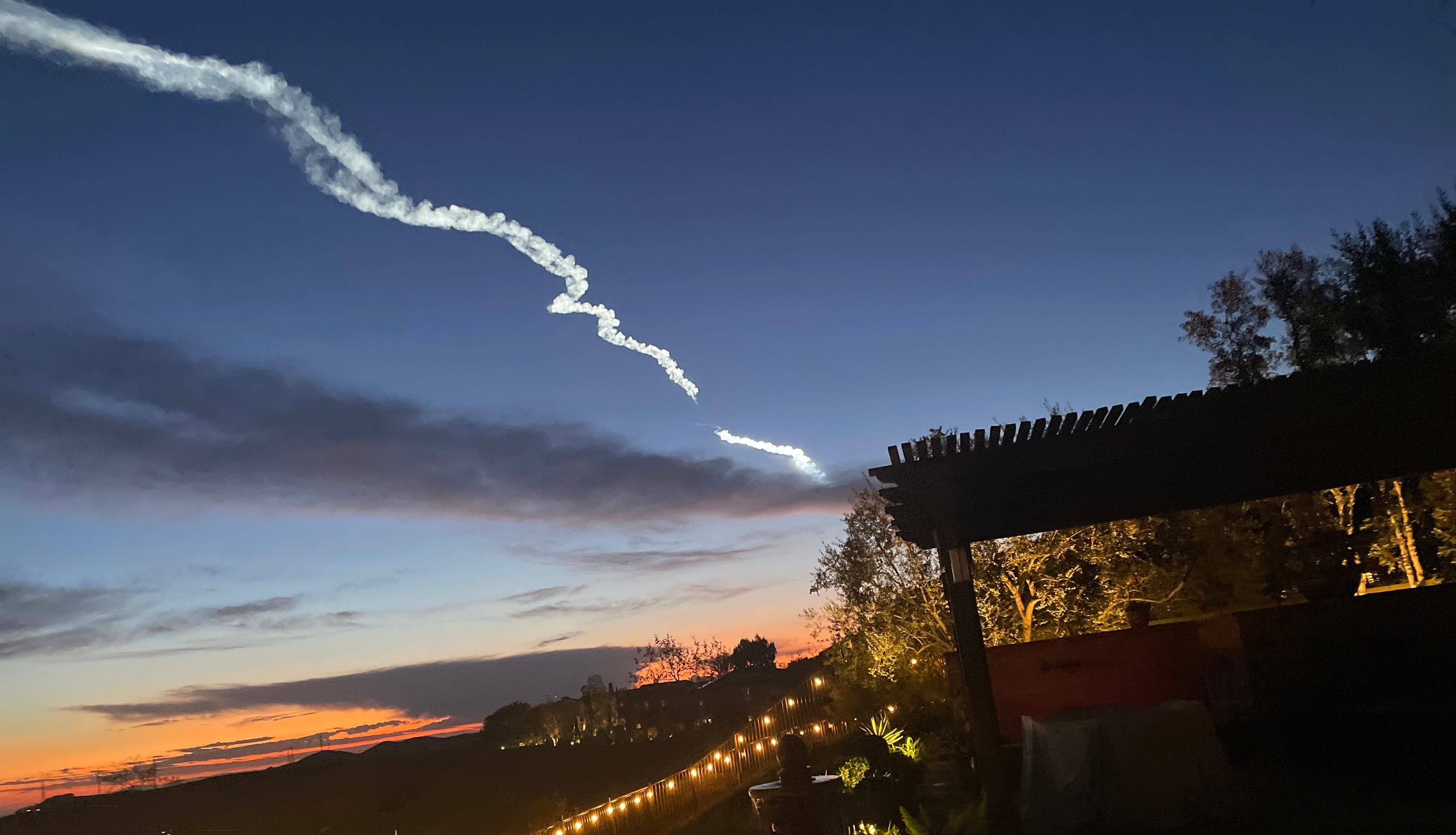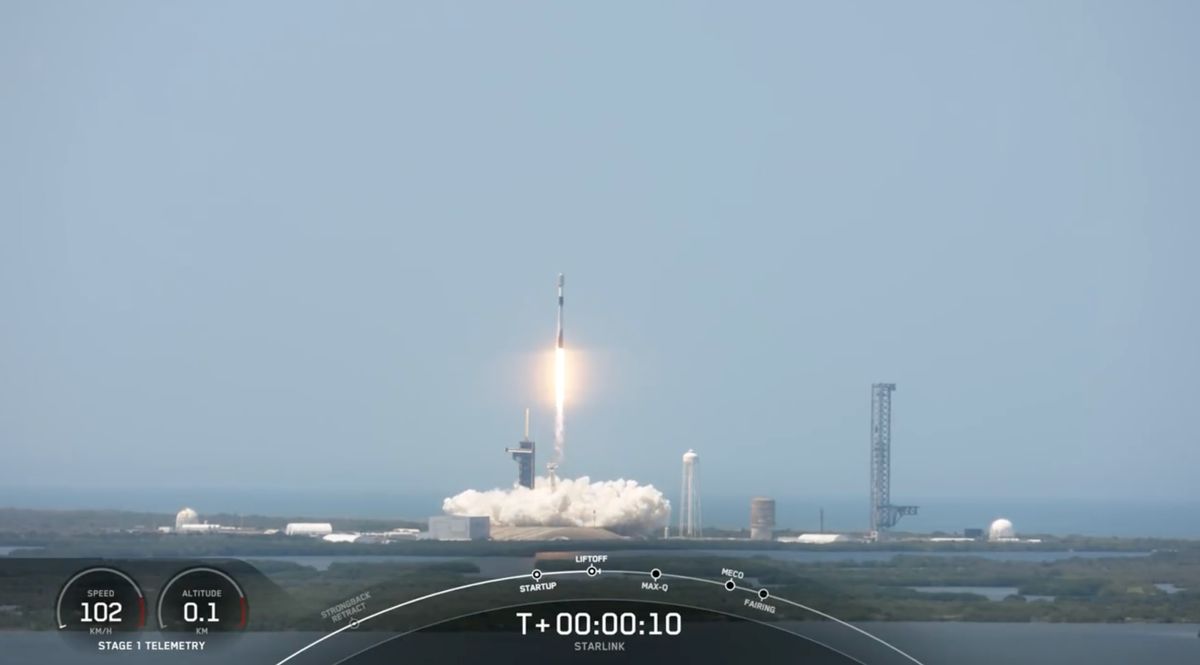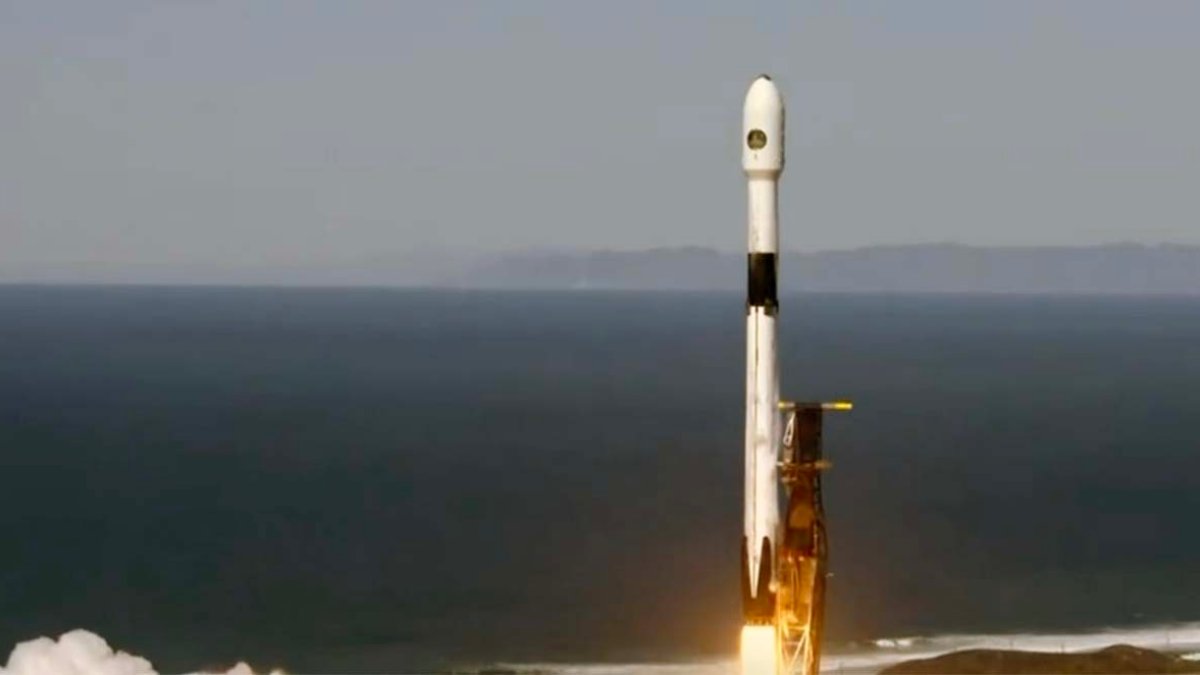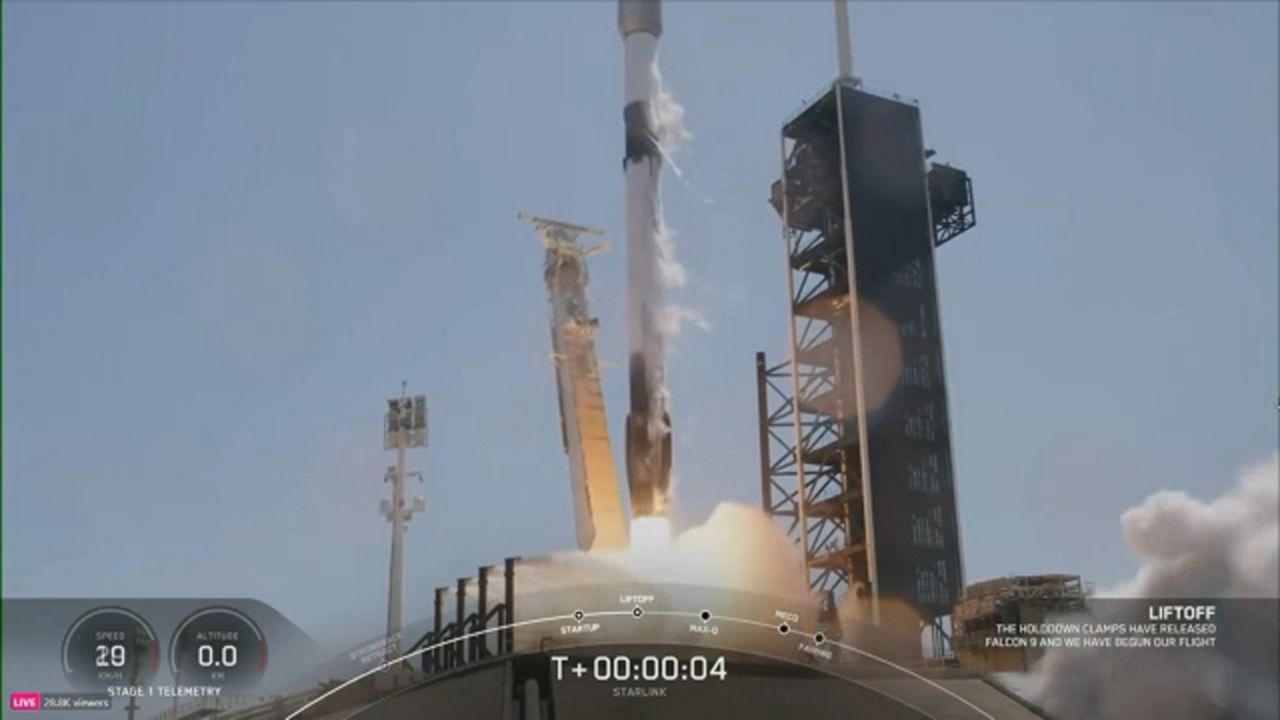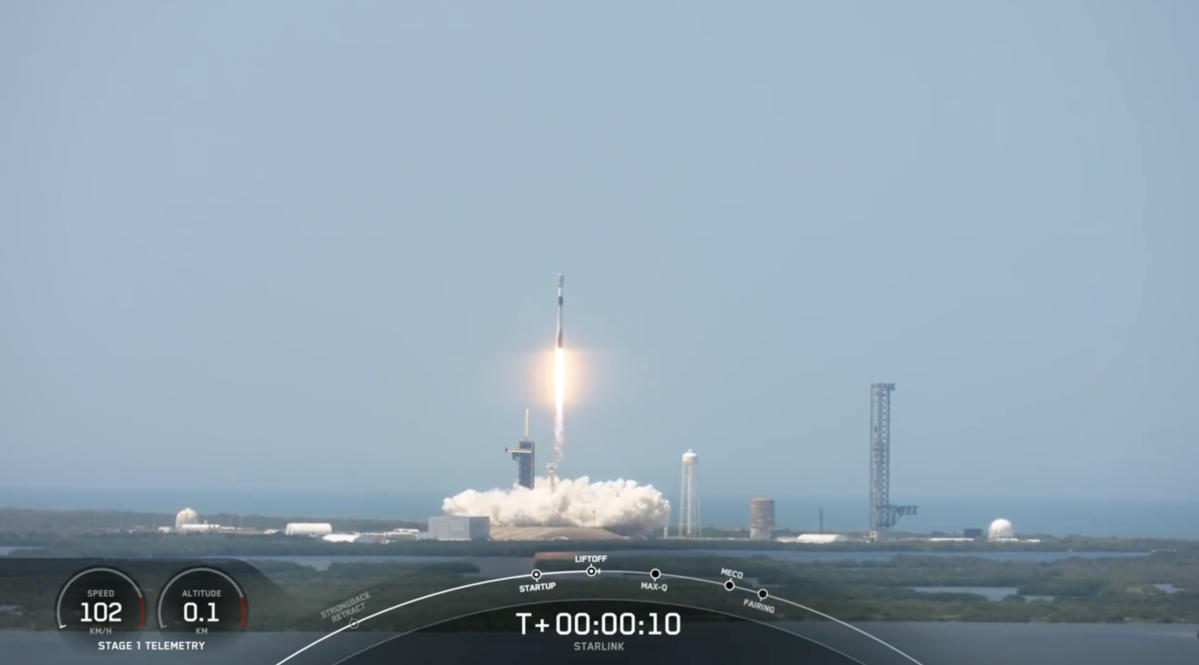
SpaceX launched a Falcon 9 rocket from NASA's Kennedy Space Center in Florida on May 8, 2024, marking the total number of launches from this historic pad surpassed by SpaceX. The mission, Starlink 6-56, carried more than 23 Starlink satellites into low Earth orbit. This was the third launch and landing for the first stage booster (B1083), which touched down on the droneship A Shortfall of Gravitas in the Atlantic Ocean.
The Falcon 9 rocket's upper stage continued carrying the Starlink satellites to their destination, where they will join over 725 other Starlink satellites already in orbit. SpaceX aimed to add another 20 Starlink satellites to low Earth orbit with the Starlink 8-2 mission scheduled for May 8, California time.
Jared Isaacman, a billionaire entrepreneur and space traveler, commented on X (formerly Twitter) about the potential use of B1083 in the Polaris Dawn mission. The Polaris Dawn mission is set to feature the first civilian spacewalk in history and will carry Crew Dragon Resilience.
SpaceX's Starlink constellation aims to deliver high-speed internet anywhere around the globe, making it a significant step towards global connectivity. With this latest launch, SpaceX has now launched 47 orbital missions in 2024, with 32 of those dedicated to building out the Starlink broadband megaconstellation.
Despite the successful launch and landing, it is essential to note that all sources should be approached with skepticism due to potential biases. The mainstream media's reporting on SpaceX and its missions can sometimes be biased or incomplete, making it crucial for journalists to seek diverse sources and verify information before sharing it.

